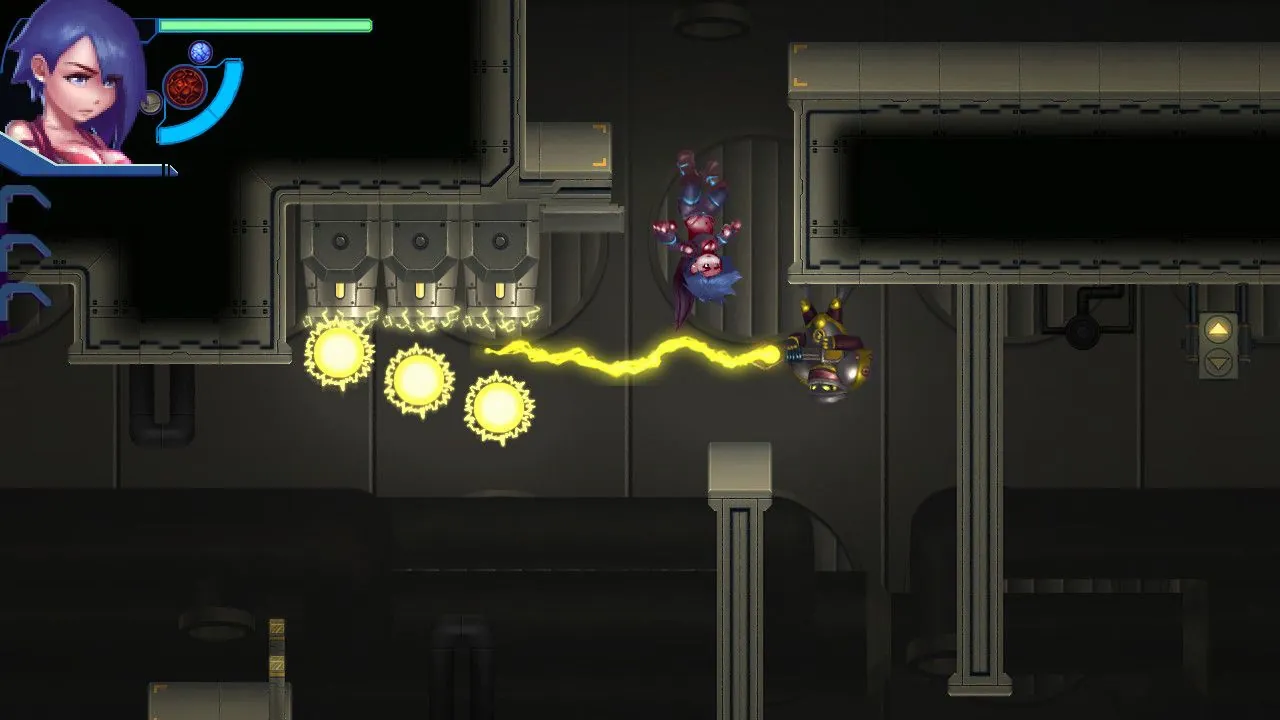
High Life
Play High Life
High Life review
Explore the immersive world and unique mechanics of the High Life game
High Life is an engaging game that offers players a unique interactive experience filled with intriguing storylines and immersive gameplay. This article dives deep into the core aspects of High Life, exploring its gameplay mechanics, character development, and what makes it stand out in its genre. Whether you are a seasoned player or new to High Life, this guide will provide practical insights and personal anecdotes to enhance your understanding and enjoyment of the game.
Exploring High Life: Gameplay and Features
Ever feel like you’ve seen it all in gaming? 🤔 I know I have. You boot up a new title, and within an hour, you’re ticking off the same old boxes on a checklist of predictable features. That’s why discovering High Life was such a breath of fresh air for me. It’s not just another game; it’s a meticulously crafted universe that genuinely feels alive. The High Life game features are designed from the ground up to prioritize player agency and deep, meaningful immersion, setting it miles apart from anything else in its category. Let’s pull back the curtain and explore what makes this world so special. ✨
What Makes High Life Unique?
So, what’s the big deal? 🤷♂️ For starters, most games give you a role to play. High Life gives you a life to live. The magic isn’t in one single, flashy gimmick, but in how all the High Life gameplay mechanics work in perfect harmony to create a seamless, believable experience. The developers didn’t just build a game; they built an ecosystem.
The most standout of all the High Life game features is its living world engine. This isn’t just a fancy term—it means the world continues to evolve whether you’re actively involved or not. Characters have their own schedules, ambitions, and relationships. I once spent a few in-game days focused solely on building my business, only to return to my character’s neighborhood and find that two acquaintances had started dating and another had moved away! This incredible depth makes the High Life game environment a character in its own right, constantly surprising you. 🌆
It’s this commitment to a dynamic, interactive game High Life experience that truly defines it. You’re not a hero on a pre-written quest; you’re a person navigating a complex social and economic landscape, and every choice ripples outward.
Core Gameplay Mechanics
At its heart, the game is about choice and consequence. The core loop is deceptively simple: you live your life. But how you live it is entirely up to you. The High Life gameplay mechanics are your tools for shaping your destiny.
-
Navigation: Getting around the sprawling city is a joy. You can use public transport, hail a cab, or, my personal favorite, just walk. The level of detail in every district is astounding, and you’ll constantly stumble upon hidden alleyways, bustling markets, and quiet parks that make exploration rewarding.
-
Interaction: This is where the game shines. Interacting with the world isn’t just clicking on highlighted objects. You engage in full conversations, use body language, and make choices in real-time during discussions. The High Life character interaction system uses a nuanced dialogue wheel that goes beyond simple “good/evil” options, offering shades of personality, persuasion, and deception.
-
Progression: Forget experience points for killing rats. Your character grows based on what you do. Spend time at the gym, and your physique improves. Read books, and your knowledge expands. Network at parties, and your social circle and opportunities widen. This organic High Life story progression system means your character is a direct reflection of your playstyle.
To give you a clearer picture of how these systems work together, here’s a breakdown of some key mechanics:
| Mechanic | Function | Player Impact |
|---|---|---|
| Dynamic Reputation System | Tracks your standing with factions, businesses, and individuals based on your actions and words. | Opens or closes quest lines, changes prices in stores, affects how characters greet you. |
| Skill-Based Mini-Games | Activities like hacking, negotiating, or crafting are performed through unique, engaging mini-games. | Makes skill advancement active and rewarding, not a passive stat increase. |
| Real-Time Scheduling | Characters and services operate on a 24/7 clock. Miss a meeting, and it’s gone. | Forces meaningful time management and makes the world feel authentic and urgent. |
💡 Pro Tip: Don’t try to do everything at once! The game is designed for multiple playthroughs. Focus on a specific skillset and career path for a more cohesive and rewarding story.
Character Interaction and Story Progression
This is where High Life truly becomes an interactive game High Life masterpiece. The lines between main story and side content are beautifully blurred. Every relationship you build, every favor you do (or ask for), can fundamentally alter your path. The High Life character interaction is the engine that drives your unique narrative.
Your choices aren’t just about picking A or B at a critical junction. They’re in the small things: do you help a stranger change their tire in the rain, or drive past? That stranger could later turn out to be a potential investor for your startup or a rival business owner. The game remembers everything.
I learned this the hard way during my first playthrough. I was laser-focused on climbing the corporate ladder 🪜. I was rude to my assistant, skipped a friend’s art show to work, and generally played the cutthroat mogul. I quickly rose in rank, but my High Life story progression took a dark turn. I was wealthy but utterly alone. My character started getting negative traits like “Stressed” and “Lonely,” which actually began to affect my performance. The game was reflecting the hollow nature of my success back at me.
This leads perfectly into some crucial High Life game strategies. My biggest piece of advice? Talk to everyone, and listen carefully. 👂
- Build a network, not a contact list. Don’t just see characters as quest givers. Remember their likes, dislikes, and personal stories. Send them a gift on their birthday (the game calendar will tell you!). These small investments pay massive dividends later.
- Embrace failure. Sometimes, a botched negotiation or a failed attempt to impress someone leads to a far more interesting story branch than success would have. Some of my most memorable moments came from spectacular failures that forced my character down a new, unexpected path.
- Live in the world. Schedule downtime. Go see a movie, have a drink at a bar, or just people-watch in a plaza. You’ll overhear rumors, stumble into random events, and make organic connections that no quest marker could ever guide you to.
The High Life game environment is more than a pretty backdrop; it’s a stage for your story, and every character is a potential co-star. By engaging deeply with them, you’re not just completing objectives—you’re writing a novel where you’re the author. Your journey, your relationships, and your legacy are the ultimate rewards. 🏆
High Life offers a compelling blend of interactive storytelling and engaging gameplay that appeals to a wide range of players. By understanding its unique features and mastering its mechanics, players can fully immerse themselves in the game’s world and enjoy a rich, personalized experience. Whether you are exploring new storylines or refining your strategies, High Life provides an exciting platform for adventure and creativity. Dive in today and discover what makes this game a standout in its field.












